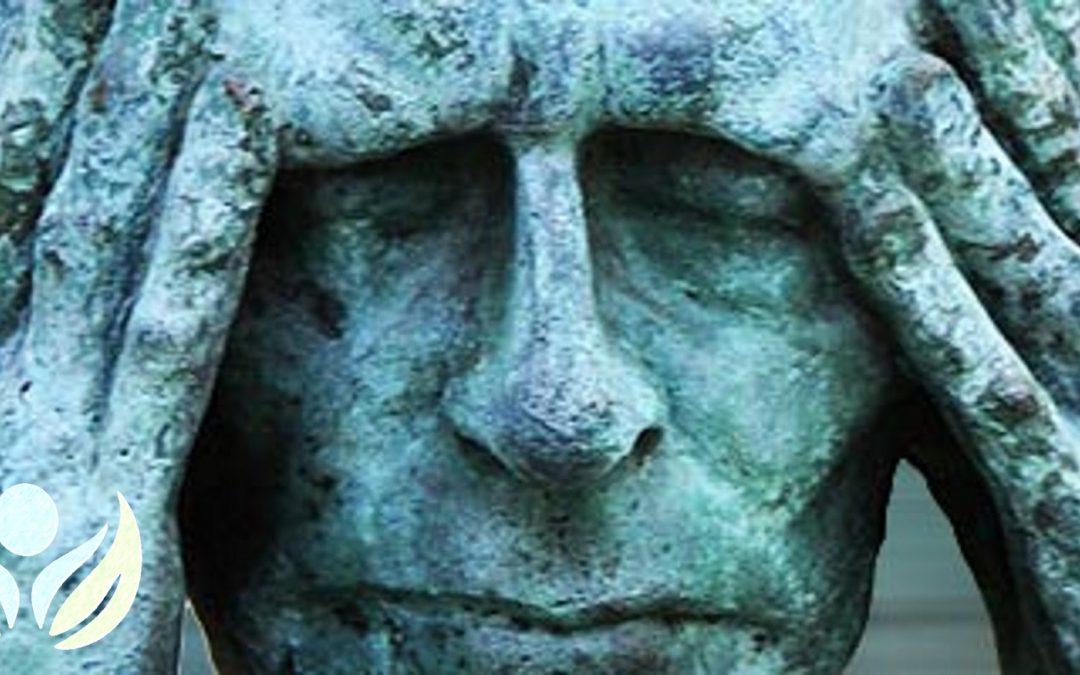According to the National Headache Foundation, approximately ten percent of the United States population reports suffering from migraines. However, that number is likely higher due to the fact that over half of the reported “sinus headaches” are actually tension headaches or migraines! The confusion is a common misconception among Americans, who are avid purchasers and consumers of popular over-the-counter medicines and remedies for “sinus headaches”. So, why the confusion? Let’s take a look at what differentiates these types of headaches.
Tension headaches are the most common type of headaches, usually signified by dull ache across the back, side or forehead. Tension may creep down to the neck and shoulders resulting in the head, neck and shoulders being stiff and sore. Usually induced by stress or repetitive hold patterns/motion.
A sinus headache is most often accompanied by a cold or sinus infection. A sinus infection usually follows a viral infection, or the “common cold”, and occurs when the sinuses have become inflamed and a bacterial infection has occurred. The following are symptoms: pressure over, under, behind the eyes, under check bones, and/or across the bridge of the nose; throbbing on one or both sides of the head; intensifying when moving or straining the neck or head; green/yellow nasal discharge; fever; swollen lymph nodes. These headaches are generally non-recurrent outside of the duration of the sinus infection. A trip to the doctor is needed for accurate diagnosis and a prescription for antibiotics may be in order.
Migraines are a bit more involved and are often reoccurring over different periods of time: days, weeks, months, and years. However, some people may only ever experience one or two in their lifetime. There are four stages of the migraine cycle; each has different symptoms, but not everyone experiences all of them every time a migraine occurs:
- Prodrome (1-2 days before the onset of the migraine): Diarrhea; food cravings; constipation; neck stiffness
- Aura (Before and during attack): Sensory disturbances may be motor or verbal, such as sight phenomena, sight loss, speech difficulty, or pins and needles.
- Attack (Usually lasts from 4 – 72 hours): Pressure over, under, behind the eyes, under check bones, and/or across the bridge of the nose; throbbing on one or both sides of the head; intensifying when moving or straining the neck or head; nausea and/or vomiting; clear nasal discharge; sensitivity to light, sound, smell; diarrhea
- Postdrome (After attack): Fatigue
Migraines are often recurrent and may be triggered by hormone cycles, food sensitivities/allergies, stress, stimulus changes and sleep pattern change. If you’ve found yourself moving through theses cycles, a trip to the doctor will help to determine the best treatment. Depending on the trigger, there may be options other than medicine, such as allergy testing, chiropractic, massage, and hormone therapy.
While the common symptom of these headaches is tension and pressure, there is much more to each specific type. Sinus and migraine headaches share more in common with pressure over, under, behind the eyes, under check bones, and/or across the bridge of the nose; throbbing on one or both sides of the head; intensifying when moving or straining the neck or head. Because these are shared symptoms, it can make differentiating between the two difficult. However it is important to know the difference; seeing that the treatment for each is so different, a miss-diagnosis may mean being pain free sooner, or continuing or worsening your case. When speaking with your health care provider(s) be sure to be detailed in your description so you are able to receive the appropriate diagnosis, and thus the appropriate treatment.
For more information check out the following websites:
https://www.helpforheadaches.com/articles/ahs-sinus-mig.htm
https://www.utasip.com/files/articlefiles/pdf/ASIP_4_1p8_10.pdf
https://www.webmd.com/migraines-headaches/news/20040610/9-in-10-sinus-headaches-really-migraines
https://mayoclinic.org/diseases-conditions/migraine-headache/symptoms-causes/syc-20360201

